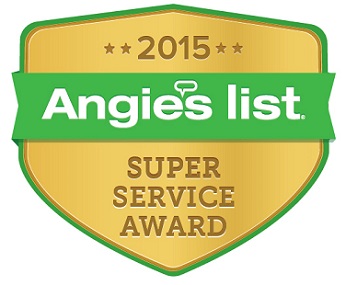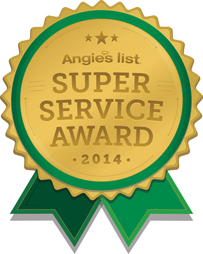Excessive barking needs to be dealt with in several areas to be effective. All 3 are outlined below (Address outside barking, Calm them inside, and door manners).
Addressing outside Barking
You may also notice that your dog is nervous or anxious and does a lot of guarding and patrolling (windows, doors, fence lines, etc) This is because they feel insecure in their environment. It is important for the mental health of your dog. to address any alert barks (check out the area in question, turn and face your dog and walk into them moving them away from the area, saying your code word or phrase) then your dog will feel safe and protected. This simulates what would happen in a pack. The alert bark would be “checked” by the leader or parent and they would either rally or relax. In our human world we tend to relax when we are home because we know we have locks, and security systems, and a schedule of when the landscapers will arrive, but your front door was removed leaving a huge opening… it would not take long before you were on alert and worried about potential theft or harm from strangers. This nervousness is what your dog feels now. It is amazing quickly your dog will calm down and relax knowing he is living in a protected home simply by addressing each alert.
Getting them Calm inside.
In addition to addressing alert barks, watch your dog and discover his vantage point. The place where he can see what is going on outside like a window, a door, an entry way, etc now each time he goes to that spot, walk over to your dog and make him move… face your dog and walk into them moving them away from the area, say a word like MOVE or GET . This will calm your dog’s nerves inside and outside making him relax in the fact that you have things under control and he is safe.
Good Door Manners
The next step is to teach your dog good door manners. This is important because if the dog does not feel as if the guests have been properly screened, then we are all unsafe. so we need to “screen them in order to relax the dog.
If you have more than one dog focus on the stronger more dominant one the others will follow.
Please allow 45 minutes for this exercise. Practice makes perfect 🙂 I often practice without anyone at the door by simply knock on a wall and act like someone is there and go through the motions explained below.
If you have a willing participant, let them know ahead of time, that they will need to be patient and ready to knock repeatedly. It may take a few tries before they make it inside. First time is more challenging because it is new, but. it gets better fast 🙂 Select a place for your dog to sit and stay while you answer the door. The spot should be close enough to the door for the action, but not to close that you do not have time to correct your dog before he is to the guest, and it should easy to access this area during training. Now, envision an imaginary boundary line(maybe where the carpet meets the tile, etc) at no point should your dog cross your invisible line barrier with any body part (nose or nail) without being sternly corrected and pushed back into place. Let’s get started! Have someone knock on your door, walk over to the door, turn and face your dog walk into them with confidence and say in a deep tone “move” or “get back” continue walking into your dog until he is at the chosen spot. Once there reward him “yes” followed with a firm “sit” and “stay”. Turn toward the door, if your dog gets up, correct him and push him back to the spot. Repeat until you can walk to the door and jiggle the door handle and immediately approach your dog to praise reward for staying (you go to your dog to reward, he does not come to you!!!). Quickly ask for a new knock, this time open the door and speak to the guest briefly, then shut the door and go reward your dog. Quickly ask for a new knock, this time open the door, speak to the guest and ask them to step in and out of the doorway very quickly… shut the door and reward your dog, finally open the door ask your guest to come in and stand talking to you in the human only area, when your dog is relaxed, behaving and calm, walk over to him with your guest and pet and introduce the guest to your dog “this is my dog “buddy”. Practice makes perfect! Repeat any phase of this exercise until you have success before moving to the next step.






























